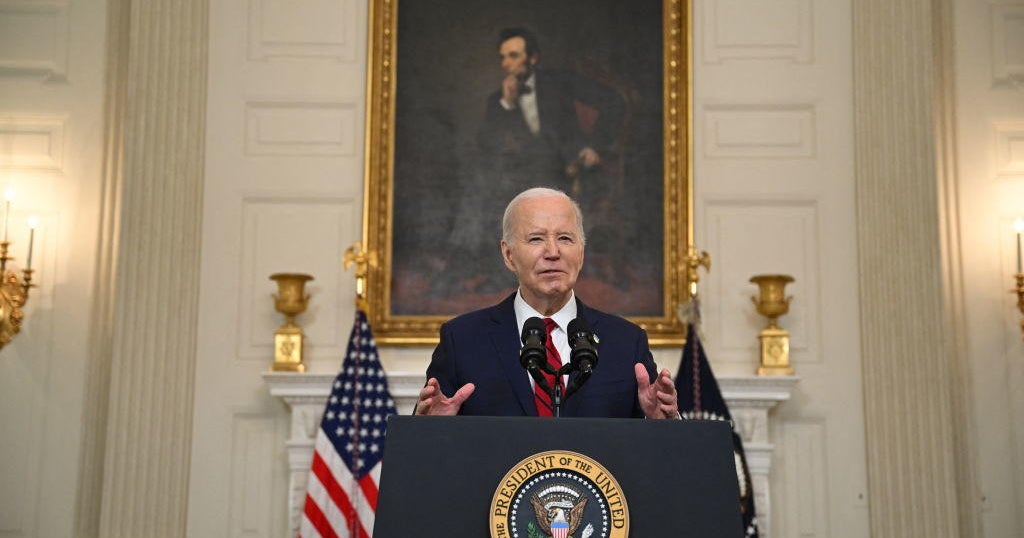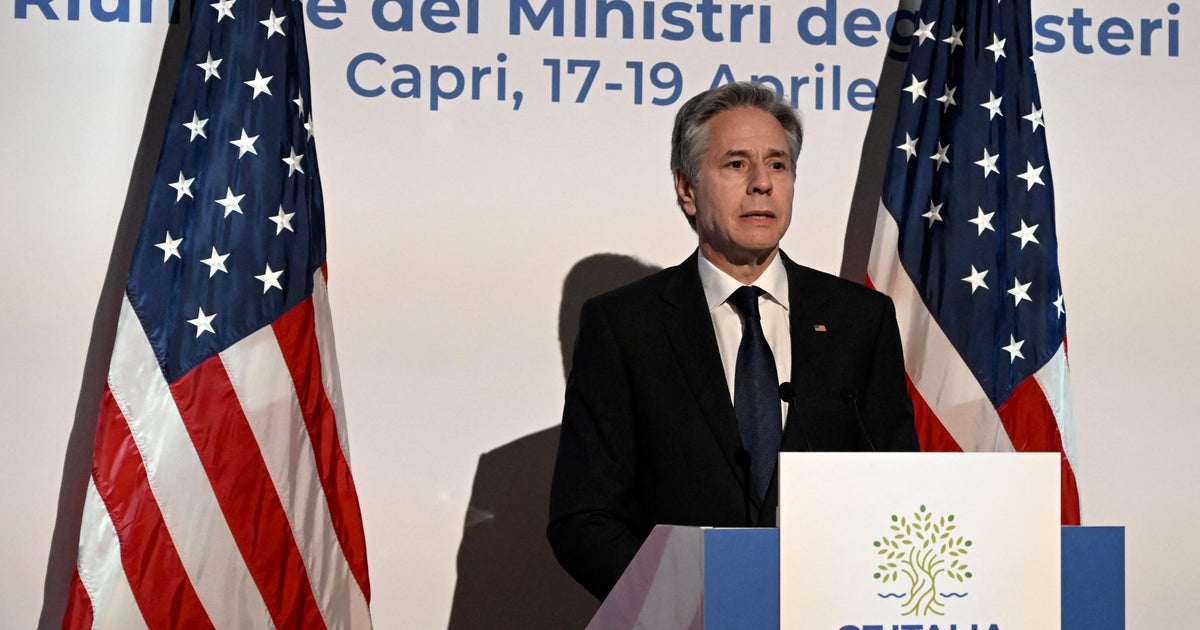EPA's new auto emissions rules boost electric vehicles and hybrids
The Biden administration announced new tailpipe emission standards for new passenger cars that aim to cut over 7 billion tons of carbon emissions, as well as other harmful air pollutants.
The standards will apply to new passenger cars and light-duty trucks, beginning with model year 2027 through 2032.
The Environmental Protection Agency, in announcing the tougher standards, said the reduction of carbon emissions and other harmful air pollutants will help prevent premature deaths and reduce heart attacks, respiratory and cardiovascular illness, as well as asthma.
"Three years ago, I set an ambitious target: that half of all new cars and trucks sold in 2030 would be zero-emission," said President Biden in a statement. "Today, we're setting new pollution standards for cars and trucks."
However, the new standards also ease a draft rule by the EPA that would have required car companies to rely on all-electric vehicles as the sole solution to meet pollution targets. After months of talks with the auto industry and its workers, the EPA shifted to a strategy that would include a range of vehicles, including plug-in hybrid, hybrid and advanced gasoline vehicles to reach emission goals.
"By taking seriously the concerns of workers and communities, the EPA has come a long way to create a more feasible emissions rule that protects workers building ICE [internal combustion engine] vehicles, while providing a path forward for automakers to implement the full range of automotive technologies to reduce emissions," says the United Automobile Workers, in a statement.
In the United States, transportation generates 28% of the country's total greenhouse gas emissions. The new tailpipe emissions rule will help President Biden significantly in his efforts to reach his longtime goal of reducing total emissions 50-52% from 2005 levels by the end of this decade.
"This rule is going to tackle the single largest source of carbon pollution in the country," said Manish Bapna, president of the Natural Resources Defense Council, "We anticipate that the respond to the rule is going to create cleaner cars, more sales of plug-in hybrids, and more electric vehicles."
The EPA has been emphasizing that this rule is not an electric vehicle mandate, but rather a pollution rule meant to tackle emissions and protect public health. By pivoting toward cleaner cars that rely on electricity, the agency estimates the rule will save consumers nearly $46 billion in reduced annual fuel costs and nearly $16 billion in reduced annual maintenance and repair costs for drivers through 2055.
"The big takeaways from the EPA announcement today are, we're moving toward an electric vehicle future, there's no question about that,' says John Bozzella, president of the Alliance for Automotive Innovation. "The real question is, how quickly can we get there?"
Despite record-high sales of electric vehicles in 2023, some automakers have adjusted their EV production numbers and pivoted to hybrid vehicles, citing consumer hesitancy over battery range and insufficient charging infrastructure. EV sales growth began to slow near the end of last year.
"In order to get to a much more ambitious level of sales [of EVs], say half of new vehicle sales by 2030, a lot has to change. We have to invest in charging infrastructure," says Bozzella.
The Biden administration has set aside $5 billion from the infrastructure law passed in late 2021 to build a national EV charging network, but the rollout has been slow. When the program launched in November 2021, it set a goal of installing 500,000 EV chargers by 2030, but the first charger only came online in Ohio this past October.
"We have seen investment in [charging] infrastructure over the last year, we anticipate that it will continue to increase," EPA Administrator Michael Regan said to CBS News. "The industry, the private sector, and good policy will converge in a way that allows for electric vehicles to excel."
As of early 2024, 33 states have submitted requests for chargers, with 16 states awarded contracts, and installation is currently underway. There are currently 170,000 public charging ports across the country, with an average of 900 new chargers opening every week, according to the Joint Office of Energy and Transportation.



